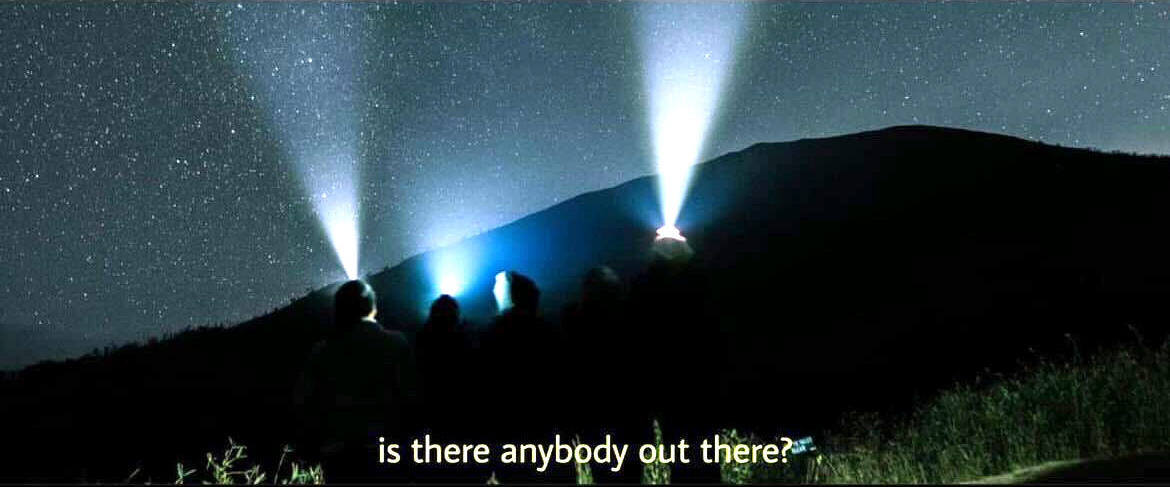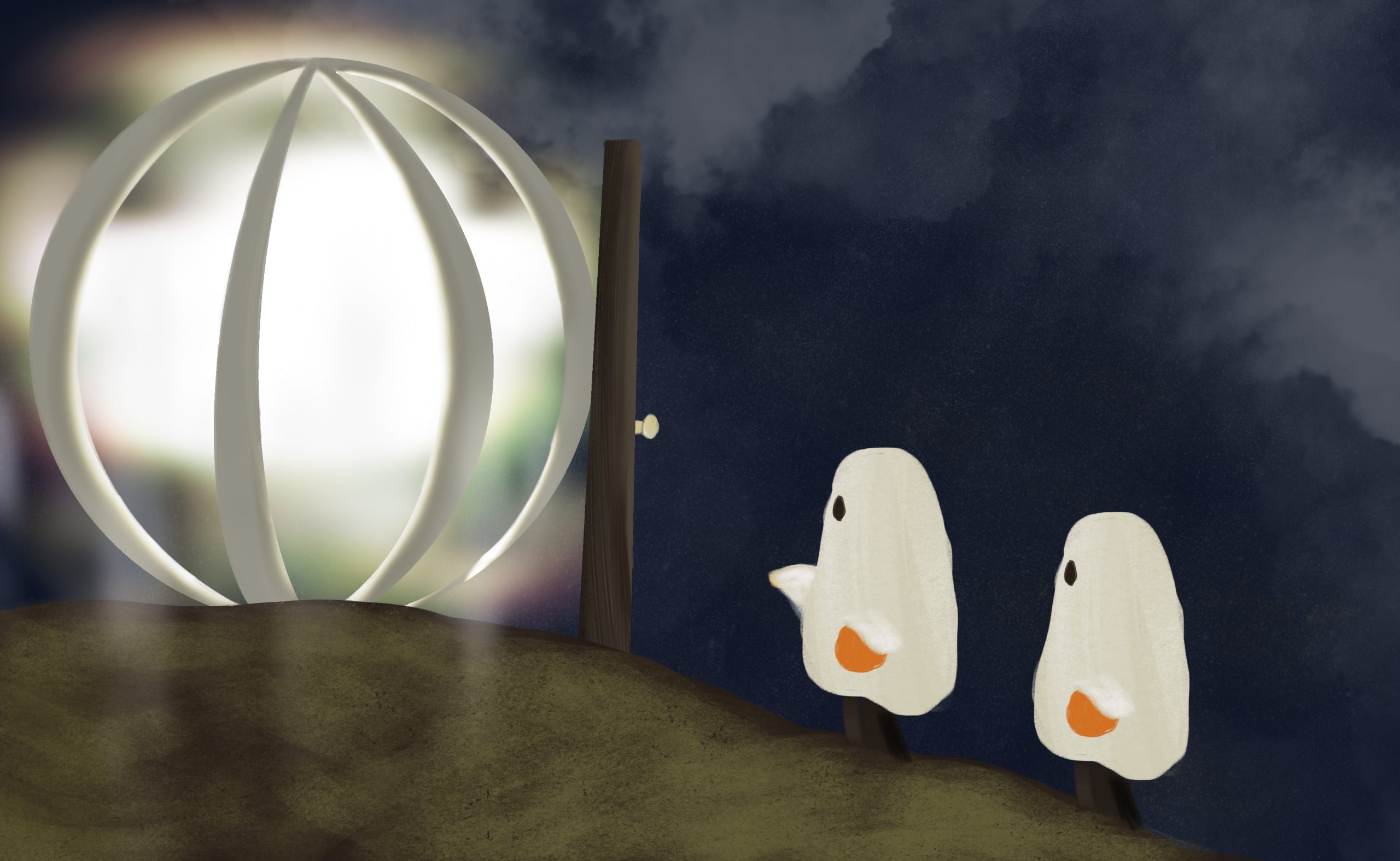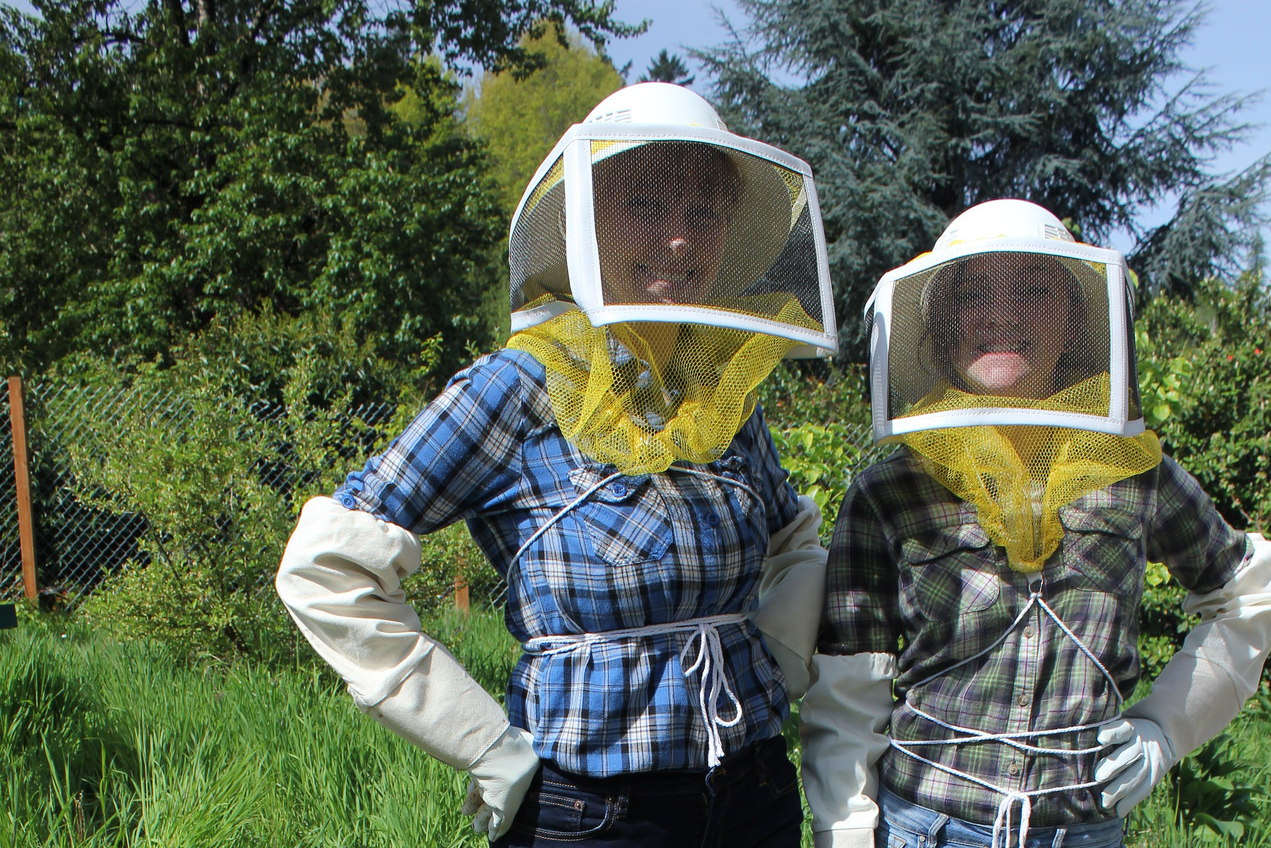As the crisp autumn leaves crunch underfoot and Jack O’Lanterns flicker to life, our thoughts turn to the eerie and mysterious. But this Halloween, let’s venture beyond the realm of ghosts and goblins to explore a concept that’s both fascinating and slightly unsettling—the Kardashev Scale.
Imagine, if you will, a cosmic classification system that ranks civilizations not by their ability to scare trick-or-treaters but by their capacity to harness energy on a planetary, stellar or even galactic scale. Welcome to the world of advanced alien civilizations—where the line between science and science fiction blurs like a spectral apparition.
The Kardashev Scale, proposed by Soviet Astronomer Nikolai Kardashev in 1964, is a method of measuring a civilization’s level of technological advancement based on the amount of energy it can harness and use.
It’s like a cosmic report card for alien civilizations, grading them on their energy consumption rather than their math skills or number of tentacles. But before we delve deeper into this interstellar energy contest, let’s consider a chilling thought—what if some of the unexplained phenomena we encounter are actually the ghostly traces of advanced alien technologies?
To shed some light on this spine-tingling possibility, we turned to Jeff Hazboun, Assistant Professor in the Department of Physics at Oregon State University. We asked if an alien civilization that reached Type II or Type III on the Kardashev Scale could produce technology that might appear as ghostly signals to us.
“Of course, I think even in the history of Earth, any technology that’s far enough ahead of the people around you can seem like magic to others,” Dr. Hazboun said. “I think a classic example is gunpowder appearing in the West from China after a while and seeming like magic.”
“When gunpowder weapons were first encountered by Europeans, their explosive power and ability to project force at a distance seemed almost supernatural or magical compared to existing weapons technology,” he continued.
This idea that sufficiently advanced technology could appear magical—or ghostly—to us is both thrilling and unsettling. It raises the question—could we have already encountered alien technologies without even realizing it?
The Kardashev Scale itself is divided into three main types:
Type I civilizations can harness all the energy available on their home planet. Imagine being able to control the weather, tap into the planet’s core for geothermal energy or even manipulate tectonic plates.
While this might sound like science fiction, Dr. Michio Kaku, a Theoretical Physicist who has written extensively about future technologies and civilizations believes that humanity could reach Type I status on the Kardashev scale within 100-200 years if we increase energy consumption by 3% per year.
Type II civilizations can harness all the energy of their star. This is where things start to get really interesting—and a bit spooky. One proposed method for achieving this level is the construction of a Dyson Sphere—a hypothetical megastructure that completely encompasses a star to capture most or all of its energy output.
If you’ve ever looked up at the night sky and felt a shiver run down your spine, imagine spotting a star that’s been completely encased by an alien civilization.
Type III civilizations can harness the energy of their entire galaxy.
At this level, we’re talking about civilizations with godlike powers, capable of manipulating space and time itself. If such civilizations exist, they might be indistinguishable from the forces of nature to our limited perception.
But here’s where things get even spookier. Some researchers speculate that advanced civilizations might intentionally hide their existence. This idea ties into what’s known as the Fermi Paradox—the apparent contradiction between the high probability of extraterrestrial civilizations existing and the lack of evidence or contact with such civilizations.
When asked about the possibility of Earth having already encountered invisible or cloaked alien technologies disguised as natural phenomena, Professor Hazboun offered an intriguing perspective.
“The Fermi Paradox is that we don’t see aliens, so there must be a number of simple explanations or complicated explanations, and one of them, of course, is that aliens are hiding themselves from us,” Hazboun said. “I’m not going to speculate about whether we have or haven’t, but I would say that if a civilization has sufficiently advanced technology that they have made it to Earth, then it is completely feasible that they also have sufficiently advanced technology to hide themselves from us.”
This notion of advanced civilizations hiding from us adds a layer of mystery to our search for extraterrestrial intelligence. It’s like playing an interstellar game of hide-and-seek, where we’re not even sure if the other players are in the game, let alone where they might be hiding.
But what if we’re not just looking for active civilizations? What if, in our cosmic explorations, we stumble upon the remnants of long-dead alien societies?
“Absolutely, I think it’s completely possible,” Hazboun said. “That’s one of the solutions to the Fermi Paradox, is that we’re behind, somehow behind all the other civilizations, and that interstellar travel is actually impossible or so challenging that most people have never figured it out and that the civilizations rose and then collapsed. I think it’s completely reasonable that at some point if we do make it off this rock far enough, we could come across civilizations that are long gone.”
Imagine discovering the technological equivalent of alien ghost towns scattered across the galaxy. It’s a concept that’s both awe-inspiring and slightly chilling—reminiscent of the ancient ruins we find here on Earth but on a cosmic scale.
As we continue our search for extraterrestrial intelligence, we must also consider the possibility that we might have already missed evidence of alien life. The vastness of space and the limitations of our current technology mean that potential signals could be lost in the cosmic noise. Professor Hazboun, whose expertise lies in understanding noise in scientific data, commented on this possibility.
“Well, interestingly enough, my expertise is in noise, and understanding what you can from the noise is really challenging and there’s lots of science and astrophysics in there,” Hazboun said. “It’s totally feasible and reasonable that we’ve missed something. Whether it’s been missed because it’s been hidden from us or not, I’m not sure.”
This idea that we might be surrounded by alien signals we can’t yet decipher adds an extra layer of mystery to our cosmic neighborhood. It’s like trying to hear a whisper in a hurricane—the signal might be there, but picking it out from the background noise is an enormous challenge.
As we ponder these cosmic mysteries, it’s worth considering how humanity might react to a sudden encounter with a highly advanced alien civilization. Would it feel like a visitation from cosmic ghosts?
“I don’t think that biologically anyone else would be able to hide themselves from us or seem like a ghost, but technologically… The technology to make it along cosmological scales is really, really hard. So if you have that technology, I think it would be feasible that people could then hide themselves here on Earth… have some sort of camouflage.”
This idea of advanced aliens using camouflage technology to hide among us is a staple of science fiction, but hearing it discussed in a scientific context adds a new layer of intrigue—and perhaps a touch of paranoia—to our everyday lives.
As we continue to advance our own technology, it’s natural to wonder what developments might push us closer to ascending the Kardashev Scale. Professor Hazboun identified two key areas of research that could be pivotal.
“One is getting nuclear fusion and fission figured out, once we can figure that out, I think we will have much more ability to harness a lot more energy at one time,” Hazboun said.
The other one is… there’s a potential in carbon sequestration,” he continued. “This is a sort of field, but the fact is that we’re trying to understand if we can pull carbon dioxide out of the atmosphere to prevent climate change… I think being able to do that will give us insights into dealing with energy that can help us move on to a Type 2 civilization.”
These areas of research—nuclear fusion and carbon sequestration—highlight how our journey up the Kardashev Scale is intrinsically linked to our ability to manage and manipulate energy on increasingly larger scales. It’s a reminder that our cosmic aspirations are deeply connected to our earthly challenges and innovations.
As we conclude our cosmic journey through the Kardashev Scale, it’s worth reflecting on what this means for us here on Earth. We’re currently not even at Type I on the scale, and still working towards harnessing the full energy potential of our planet.
But our scientific endeavors—from fusion research to the search for extraterrestrial intelligence—are slowly pushing us forward.
The Kardashev Scale—with its vision of civilizations wielding the power of stars and galaxies—serves as both a roadmap and a mirror. It shows us what might be possible while also reflecting our own technological progress and limitations. It challenges us to think beyond our current capabilities and imagine what might be possible in the distant future.
This Halloween—as you carve pumpkins or don costumes, take a moment to look up at the stars. Those twinkling lights might just be the distant glow of a Type II civilization’s Dyson Sphere or the faint signal of a long-lost Type III empire. Who knows? Maybe somewhere out there—on a planet circling a distant star—alien children are dressing up as humans for their version of Halloween, telling spooky stories about the primitive Type 0 civilization that hasn’t quite figured out how to harness the full power of their little blue planet.
The line between science and science fiction—between the knowable and the unknowable—blurs. The Kardashev Scale reminds us that there may be wonders—and perhaps terrors—lurking in the depths of space that are far beyond our current comprehension.
So, as you enjoy the seasonal scares and frights, remember that the universe itself might be the ultimate haunted house—vast, mysterious and potentially filled with technologies and civilizations that could make our boldest science fiction seem quaint by comparison. The Kardashev Scale isn’t just a classification system—it’s an invitation to imagine, to explore and to push the boundaries of what we believe is possible.







